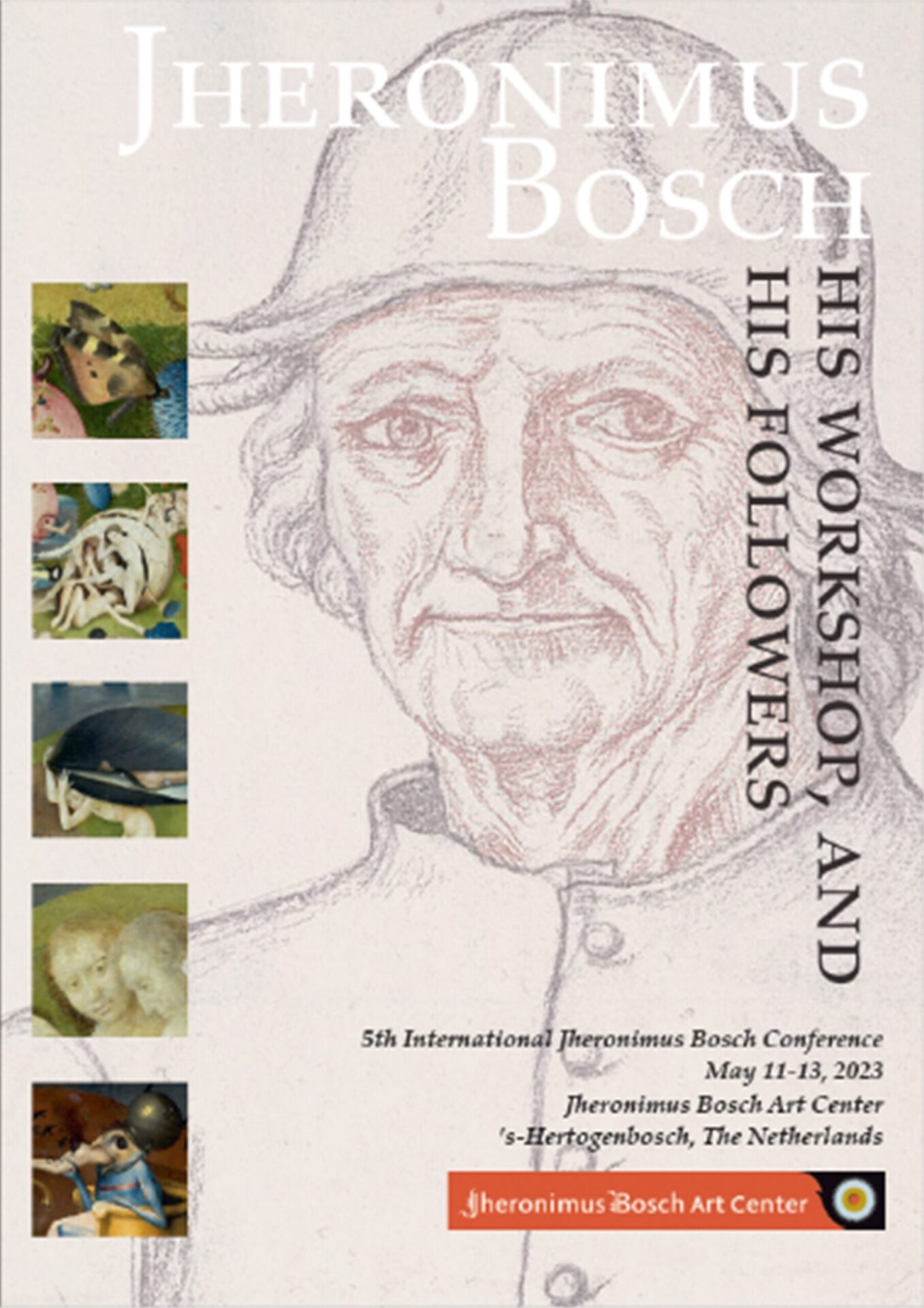
Withee 2023
“Bosch’s Saint-Germain-en-Laye Conjurer: Autograph, Workshop or Follower? Can the Unrecognized Subject Determine Authorship?” (Diane Withee) 2023
[in: Jos Koldeweij and Willeke Cornelissen (eds.), Jheronimus Bosch – His Workshop and His Followers – 5th International Jheronimus Bosch Conference, May 11-13, 2023, Jheronimus Bosch Art Center, ’s-Hertogenbosch, The Netherlands. Jheronimus Bosch Art Center, ’s-Hertogenbosch, 2023, pp. 416-438]
Withee argues that the Conjurer panel (Saint-Germain-en-Laye) was partially painted by Bosch and partially by his workshop, but the concept and the composition of the painting are quite complex and unusual and must have come from Bosch himself. She identifies the person clad in green as Jan III van Glymes, Lord of Bergen op Zoom, who was appointed Master of the Hunt of Brabant by Duke Charles the Bold, removed from that title by Duke Philip the Fair but reappointed hunt master from 1509 on. The man and the nun standing to the left of the man in green are Philibert II, Duke of Savoy, and his wife Marguerite of Austria, the sister of Philip the Fair. The couple standing further to the left, are Philip the Fair and his wife Juana of Castile, the little boy is their son, the later emperor Charles V. The conjurer is emperor Maximilian I. The person who is being fooled by the conjurer is French king Louis XII’s minister Cardinal Georges d’Amboise and the cleric who is stealing the purse is Pope Julius II. The man between ‘Marguerite of Austria’ and ‘Philip the Fair’ is probably Ferdinand II of Aragon. The panel in Saint-Germain-en-Laye was painted some time after March 1509 and would thus refer to significant events in the life of Jan III van Glymes: his return to power and the War of the League of Cambrai (1508-1516), of which it is a political satire making fun of the French.
For further details we refer the reader to Withee’s paper, because it will be clear from the summary above that her text does not meet with acceptable scholarly standards at all. A good example of her outrageous approach is this. Withee writes that ‘as the most famous of these figures’ Maximilian should be immediately recognizable in the conjurer, but he does not. She then photoshops the head of the conjuror and concludes that now ‘the conjurer looks more like the portrait of Maximilian’. No further comment.
[explicit May 30, 2024 – Eric De Bruyn]